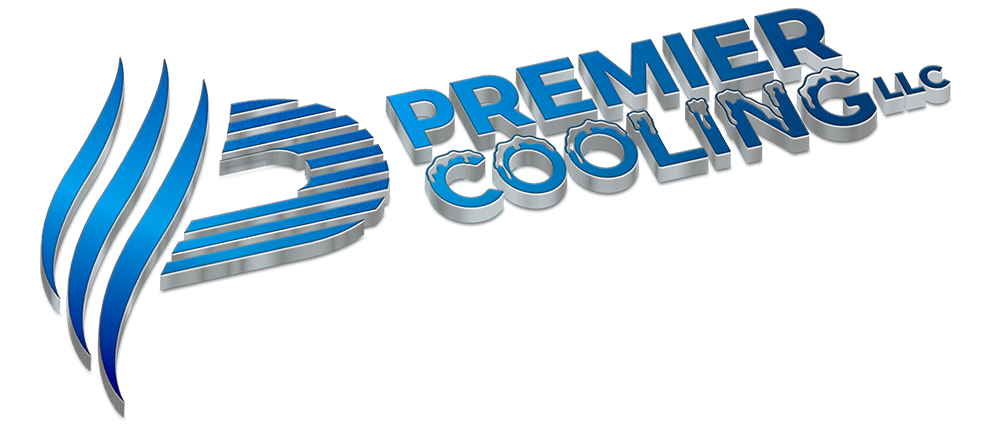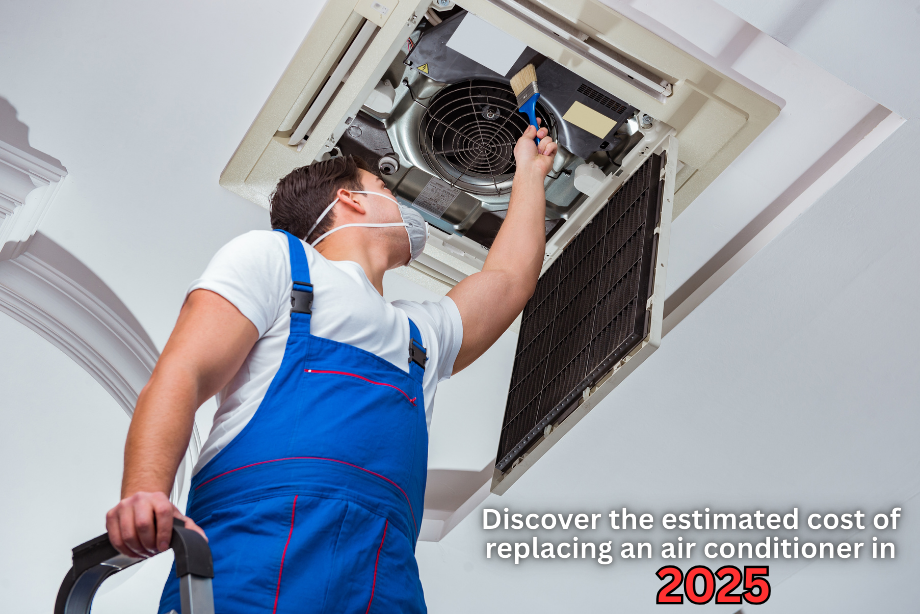
How Can I Perform Basic HVAC Troubleshooting at Home?
August 31, 2024
Discover the estimated cost of replacing an air conditioner in 2025
May 9, 2025Overview of Heating Systems
Heating systems play a crucial role in keeping our homes warm and comfortable during the colder months. Understanding how these systems work is essential when dealing with heating repair issues. Whether you have a furnace, boiler, or heat pump, regular maintenance can help prevent many common problems associated with heating systems. Let’s delve into the fundamentals of heating systems and how to identify and address potential repair issues.
The primary components of a heating system include the thermostat, the heat source (such as a furnace or heat pump), ductwork or piping, and the ventilation system. The thermostat controls the temperature, triggering the heat source to generate warmth when needed. Ductwork or piping distributes the heated air or water throughout the house, while the ventilation system ensures proper air circulation. This intricate system works together to provide a consistent and comfortable indoor environment.
Regular inspection and maintenance of your heating system are essential to ensure its efficiency and longevity. Proper care includes checking and replacing air filters, inspecting and cleaning ducts or piping, testing thermostat functionality, and scheduling professional tune-ups. By staying proactive with maintenance, you can minimize the chances of encountering heating repair issues that disrupt your home’s comfort.
Understanding the basics of how your heating system operates can help you troubleshoot minor problems and determine when professional repair is necessary. Keeping an eye out for warning signs, unusual noises, or inconsistent heating can indicate underlying issues that require attention. In the following sections, we’ll explore some of the most common heating repair issues homeowners may encounter and how to address them effectively.
Heating System Not Producing Heat
One of the most common heating repair issues is when the system fails to produce heat. This can be caused by various factors, such as a malfunctioning thermostat, a faulty pilot light, a clogged air filter, or a failing heating element. When your heating system blows cold air instead of warm air, it can lead to discomfort and frustration, especially during the cold winter months.
If your heating system is not generating heat, start by checking the thermostat settings to ensure they are correct. Verify that the pilot light on a gas furnace is lit and inspect the air filter to see if it’s dirty or obstructed. A simple fix like replacing a dirty filter or relighting the pilot light may resolve the issue. However, if the problem persists, it’s advisable to contact a professional heating repair service to diagnose and fix more complex issues.
In some cases, a lack of heat production could be due to more serious issues like a malfunctioning heating element or a faulty electrical connection. These issues require specialized knowledge and tools to repair safely. By promptly addressing heating system problems, you can avoid prolonged discomfort and potential damage to your system. Regular maintenance and timely repairs are key to ensuring your heating system operates efficiently when you need it most.
Don’t let a malfunctioning heating system leave you out in the cold. Understanding the common causes of heat production failures and taking proactive measures to address them can help you maintain a warm and cozy home environment. By keeping your heating system well-maintained and promptly addressing any repair issues, you can ensure your comfort and peace of mind throughout the colder seasons.
Uneven Heating in Different Rooms
Experiencing inconsistent heating levels in various rooms of your home is another common issue that many homeowners face. Uneven heating can be caused by factors such as poor insulation, ductwork obstructions, thermostat placement, or issues with the heating system itself. When some rooms feel too hot while others remain chilly, it can create discomfort and lead to energy inefficiency.
To address uneven heating, start by checking the vents in each room to ensure they are open and unobstructed. Dirty or blocked vents can restrict airflow and contribute to temperature inconsistencies. Additionally, inspect the insulation in your home to identify any areas where heat may be escaping, such as windows, doors, or attics. Proper insulation helps retain heat and maintain consistent temperatures throughout your living spaces.
Another factor to consider when dealing with uneven heating is the placement of your thermostat. If the thermostat is located near a heat source or in direct sunlight, it may not accurately reflect the temperature in other areas of the house. Relocating the thermostat to a central location can help ensure more balanced heating distribution. However, if the issue persists, it’s advisable to consult with a heating professional to diagnose and address the root cause of the problem.
By addressing issues related to uneven heating promptly, you can enhance the comfort levels in your home and improve energy efficiency. Maintaining a consistent temperature throughout your living spaces not only promotes comfort but also helps reduce energy costs by optimizing your heating system’s performance. Don’t let inconsistent heating disrupt your indoor comfort—take proactive steps to identify and resolve the underlying issues.
Strange Noises Coming from the Heating System
Hearing strange noises emanating from your heating system can be alarming and indicate potential problems that require attention. Common noises include banging, screeching, rattling, or whistling sounds, which may be attributed to issues with the fan, motor, ductwork, or heating elements. Ignoring unusual sounds can lead to further damage and more costly repairs down the line.
If you notice unusual noises coming from your heating system, it’s essential to investigate the source promptly. Start by determining the type of sound and its location within the system. Banging or rattling noises may indicate loose components or debris in the ductwork, while screeching sounds could point to a malfunctioning motor or fan. Addressing these issues early can prevent more extensive damage and interruptions to your heating system’s operation.
Regular maintenance and inspections can help identify and resolve potential causes of strange noises in your heating system before they escalate into major issues. Lubricating moving parts, tightening loose connections, and cleaning components can mitigate noise problems and ensure optimal performance. Consulting with a professional heating technician can provide a more in-depth diagnosis and solution to eliminate disruptive sounds effectively.
Don’t let mysterious noises coming from your heating system disrupt your peace and comfort at home. By taking proactive measures to address unusual sounds promptly, you can prevent potentially costly repairs and extend the lifespan of your heating system. Stay vigilant for any changes in your heating system’s operation and seek professional assistance when needed to keep your home environment quiet and cozy.
Heating System Constantly Turning On and Off
A heating system that cycles on and off frequently, also known as short cycling, can indicate an underlying issue that requires attention. Short cycling can be caused by various factors, such as a clogged air filter, improper equipment sizing, thermostat problems, or low refrigerant levels in heat pumps. This repeated cycling not only compromises comfort but also decreases energy efficiency.
When a heating system constantly turns on and off, it can result in uneven heating, increased wear and tear on components, and higher energy bills. Addressing the root cause of short cycling is essential to prevent further damage and restore your system’s optimal operation. Simple steps like replacing air filters, recalibrating the thermostat, or adjusting ventilation settings can sometimes resolve short cycling issues.
If basic troubleshooting doesn’t resolve the short cycling problem, it’s recommended to enlist the expertise of a professional heating technician. They can perform a comprehensive inspection of your system, identify the specific cause of short cycling, and recommend appropriate repairs or adjustments. By addressing short cycling promptly, you can improve your system’s efficiency and longevity while ensuring consistent heating throughout your home.
Maintaining a well-functioning heating system is essential for a comfortable living environment. Short cycling not only disrupts your comfort but also puts unnecessary strain on your system, potentially leading to more significant issues over time. Don’t let frequent on-off cycles compromise your home’s heating system—take proactive steps to diagnose and resolve short cycling for long-term performance and peace of mind.






